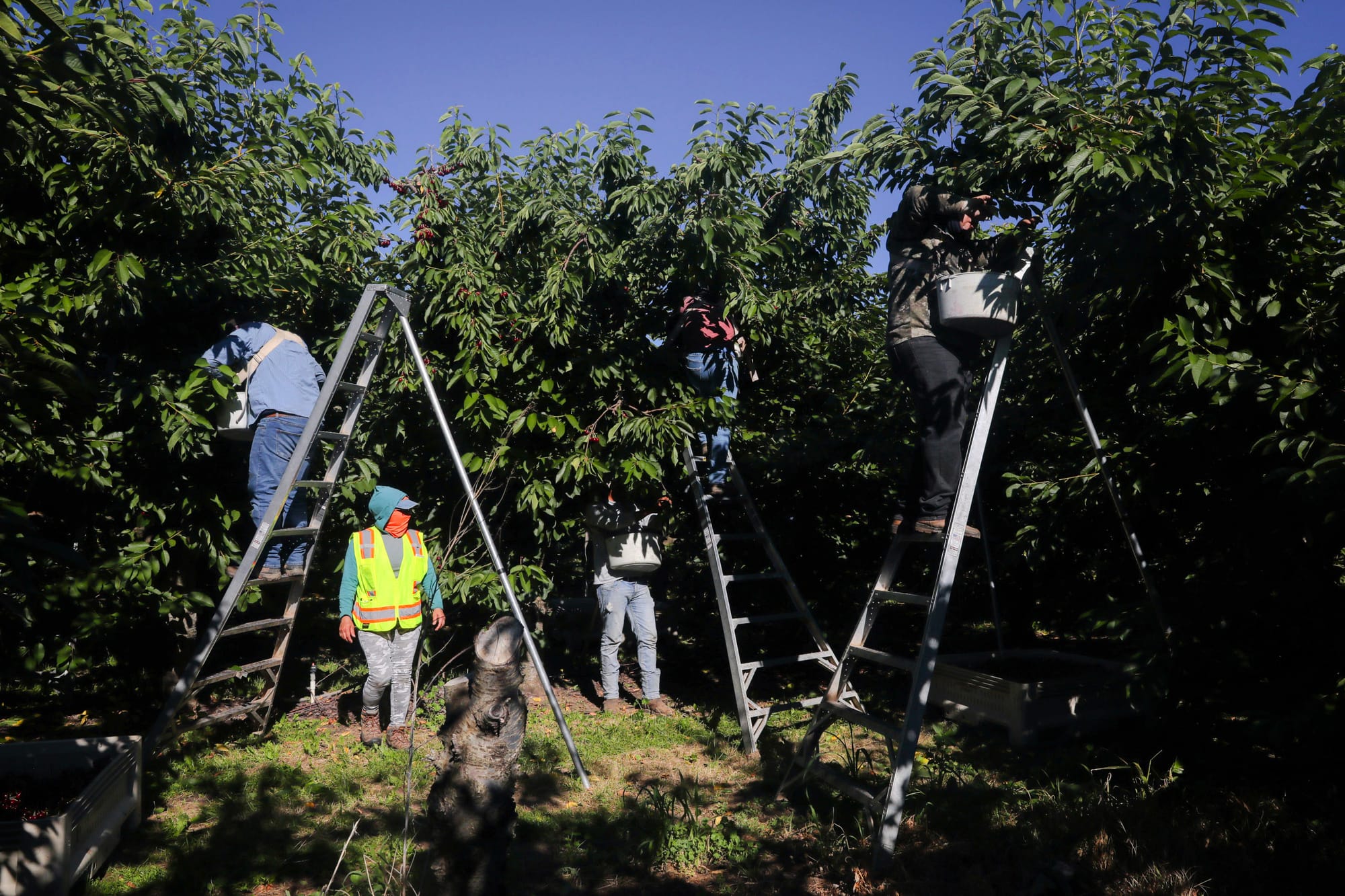In the early 2010s, the tree-fruit industry increasingly relied on the H-2A visa program to build its workforce, a trend that would expand the program’s use exponentially over the past decade. But Yakima’s Gilbert Orchards held off initially on utilizing the program, which brings agricultural workers to the United States from other countries.
The visa requirements were complicated and expensive, recalled Sean Gilbert, president of the fruit company, which has operated for over a century. But a conversation changed things for Gilbert when a worker pointed out to him that many farmworkers had endured dangerous journeys crossing the border into the U.S. to find jobs.
“The safety element of the H-2A program for seasonal workers was something I hadn’t considered,” said Gilbert.
So in 2017, Gilbert Orchards brought in its first group of foreign guest workers. In the years since, their numbers have grown: Today, roughly half of Gilbert farmworkers travel to Washington through the H-2A program during peak harvest times at company orchards in Mattawa, Wapato, the West Yakima Valley and Tieton. “Once you’re in, you’re all in,” Gilbert said.
This approach isn’t unusual. In 2024, Washington employers filled nearly 36,000 agricultural jobs through the program, almost four times the number of jobs a decade earlier.
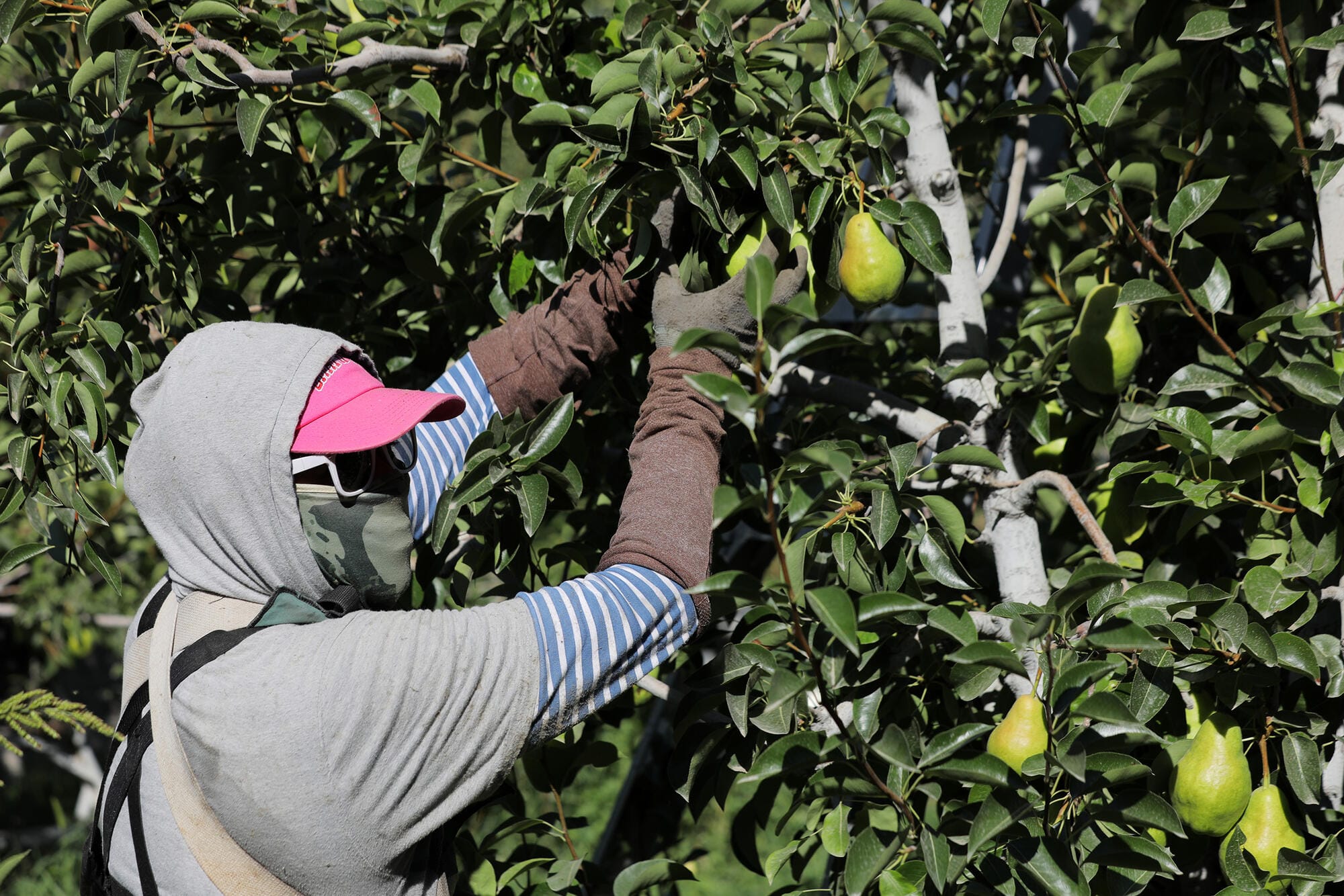
But growers’ increasing dependence on the program has added complexity to their business, with increasing labor costs becoming financially unsustainable over time. Industry officials say major reform is needed to make the H-2A program practical for smaller family farms.
“We have so many growers on the brink [of closure],” said Kate Tynan, senior vice president of the Northwest Horticultural Council, a Yakima-based organization that lobbies federally on behalf of the state’s tree-fruit industry.
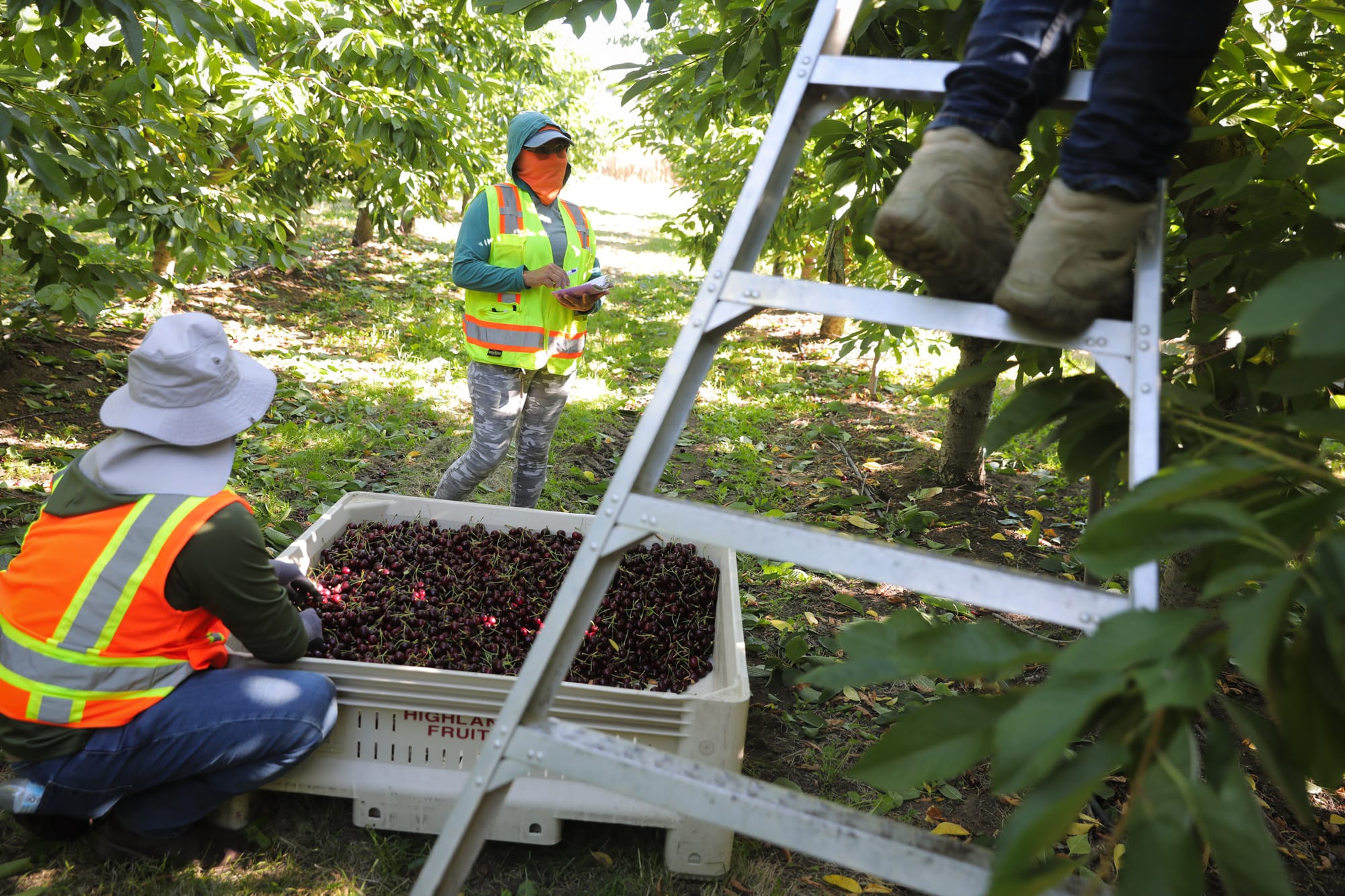
However, growers may need to lean on the H-2A program even more as the Trump administration enacts policies targeting undocumented immigrants and ordering mass deportations. The tree-fruit industry’s employee base comprises primarily immigrants and undocumented workers.
“They’re contributing to our society,” said Washington State Tree Fruit Association president Jon DeVaney. “We want to maintain that skill set.”
Farmworker advocates want to ensure that the perspectives of workers are taken into consideration.
The H-2A program is inherently unbalanced, said Edgar Franks, political director of Familias Unidas por la Justicia, a farmworkers’ union based in Burlington. That’s because the program provides not only work, but also housing and transportation. Franks is concerned about growers’ dependency on the program.
When every aspect of a worker’s employment is tied to one company, they may be less inclined to speak up about workplace concerns – and that’s a problem for both employers and employees, said Franks: “It benefits the employers to have the workers that are good and healthy and can speak up.”
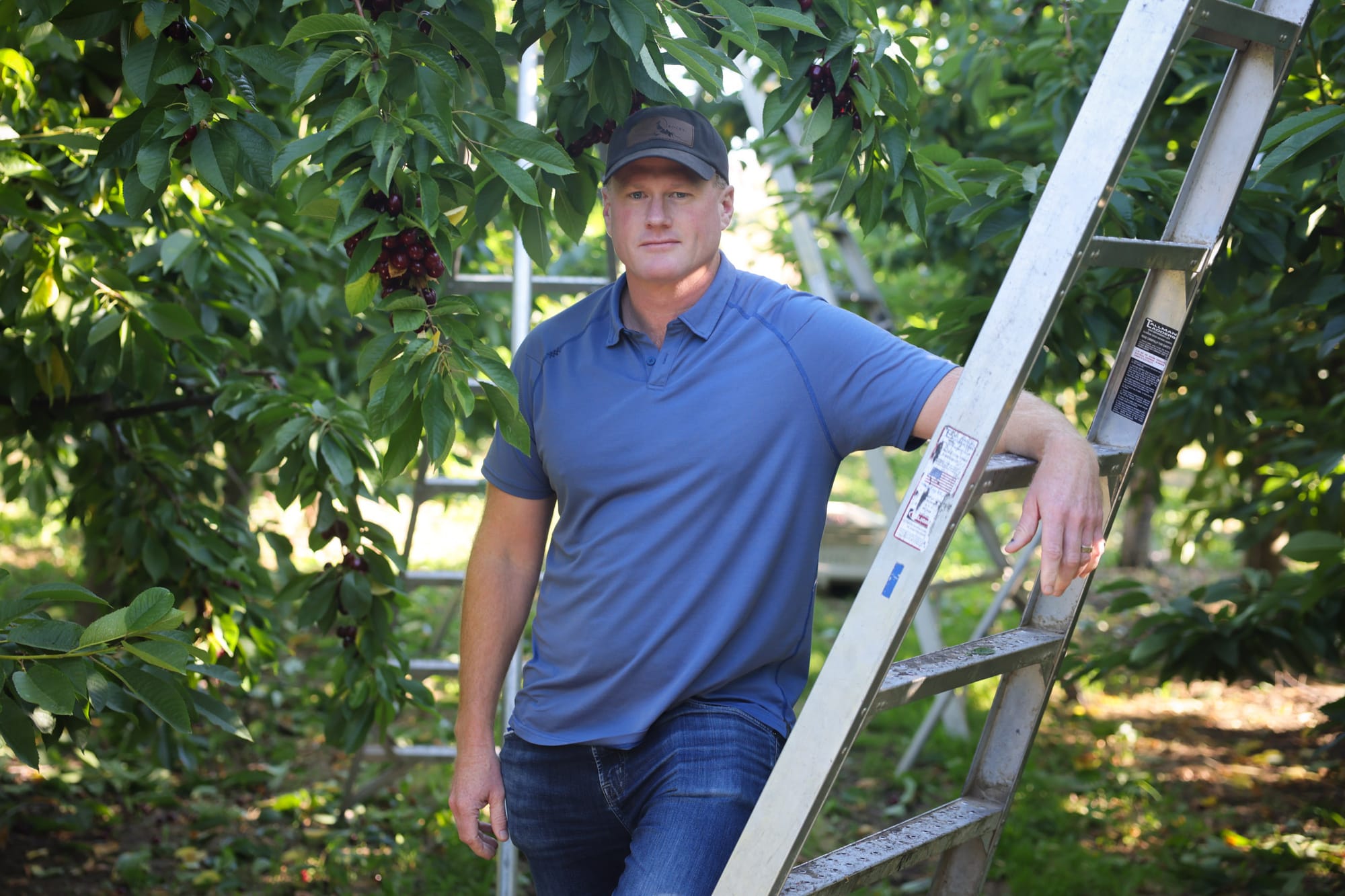
Growing workforce, growing costs
Gilbert Orchards has about 550 beds available for farmworkers in Mattawa, Wapato and West Valley. Generally, every bed is in use during the peak of the apple harvest, Gilbert said.
Growers who participate in the H-2A program must provide housing and transportation for guest workers, and that can be expensive.
To defray the costs, Gilbert said his company brings in primarily guest workers during peak harvest periods.
The program has benefited U.S. workers, too: Generally, they receive the same pay as workers coming in on the H-2A program, a set rate based on whatever amount is highest, either the state minimum wage or the wage set by the U.S. Department of Labor. That wage, known as the Adverse Effect Wage Rate, is used to ensure that the use of H-2A workers doesn’t negatively impact wages and conditions for U.S. workers.
In Washington, the minimum hourly wage for H-2A workers is $19.82 — higher than the state minimum wage of $16.66.
Rates can also increase based on wages for specific tasks, known as prevailing wages.
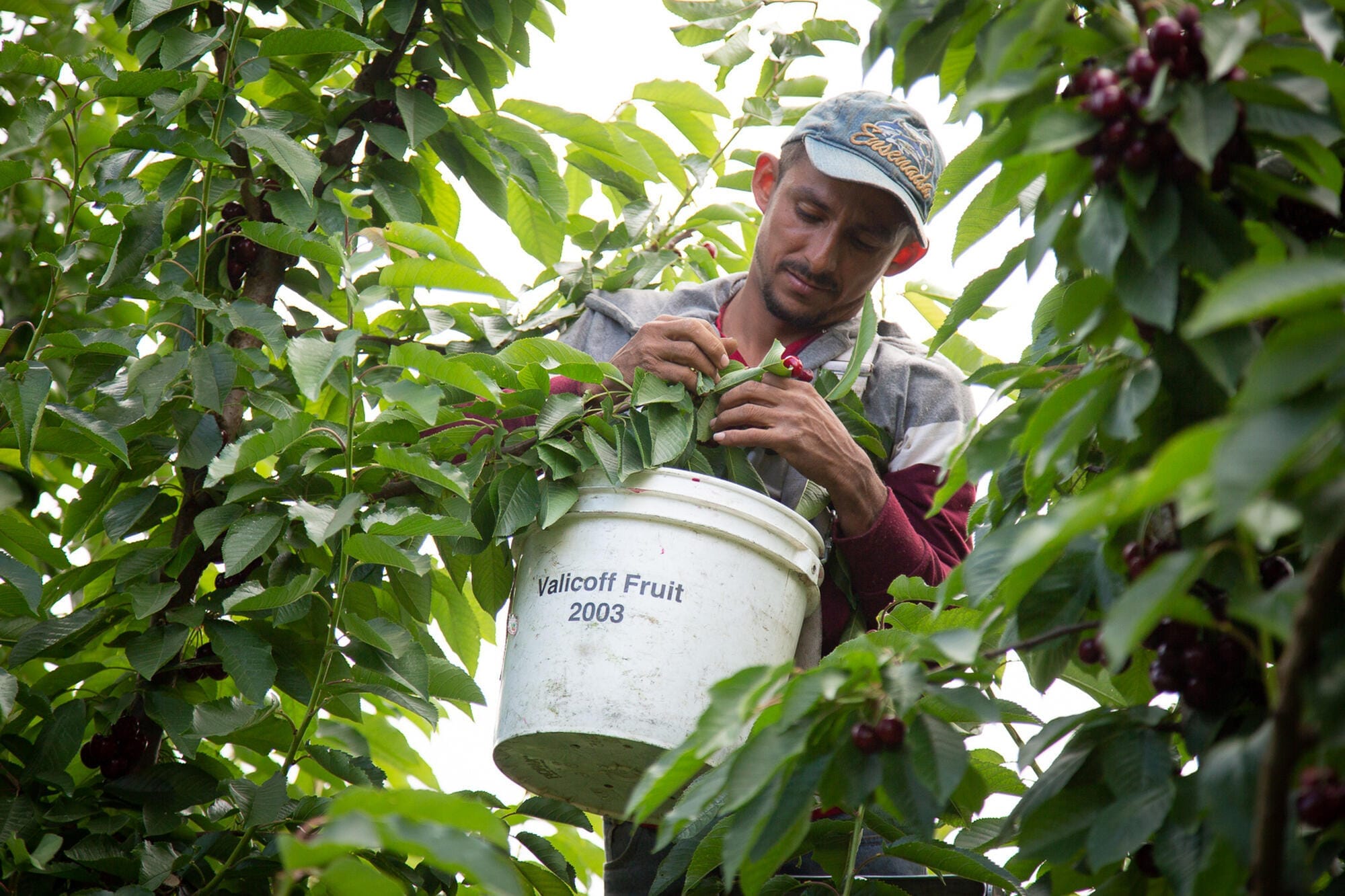
In addition, a court ruling last year set additional wage standards for H-2A workers. The ruling came after Familias Unidas por la Justicia raised concerns that wages had fallen when growers transitioned to hourly wages from piece rates based on how much fruit workers pick. Currently, growers cannot offer only an hourly rate if a piece-rate wage is available.
As a result, labor costs have increased drastically and generally don’t get passed to consumers, so growers have no other means to recover the additional expenses, said Tynan of the Northwest Horticultural Council. A survey by the organization found that agricultural labor costs in 2023 had increased by an estimated 127% over the past decade, exceeding the 22% increase in payments companies received for selling their fruit.
“There’s a ceiling to what people are willing to pay for fruit, and what it costs to grow apples since we’ve been involved in the H-2A program has gone up,” Gilbert said.
Franks, the union’s political director, said growers shouldn’t put the onus for a successful financial operation on the backs of farmworkers. Other factors contribute to smaller family farms going out of business, he said, including industry consolidation, which has given food retailers more leverage to negotiate prices, promotions and quality standards for agricultural commodities.
“It’s a combination of things that really don’t get discussed,” Franks said.
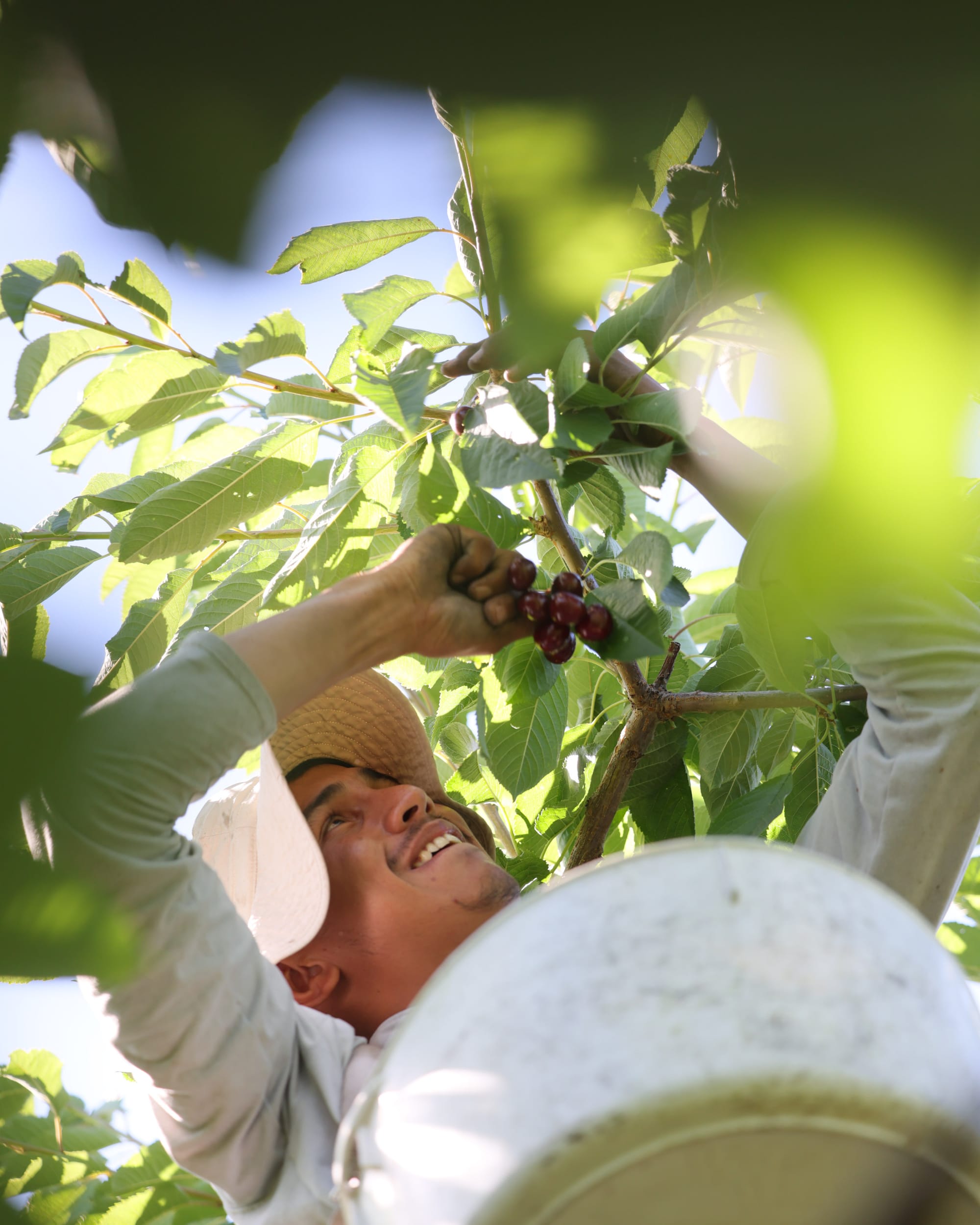

Left: H-2A farm workers pick cherries at Gilbert Orchards in Yakima, July 14, 2025. Right: Mini-buses pick up H-2A farmworkers at their housing and transport them to work at Gilbert Orchards. (Genna Martin/Cascade PBS)
Laying the groundwork
Amid rising agricultural costs nationwide, reforming the H-2A program could one day be a reality, although industry officials say a long road is still ahead.
As growers raise their concerns with elected officials, they’re laying the groundwork for change, including the possibility of providing legal status to farmworkers to defray added labor costs, said Tynan.
Tynan said the Northwest Horticultural Council is working to develop solutions to challenges employers have with the program, including a possible freeze on H-2A wage rates set by the Department of Labor or a change in the methodology for determining wages for H-2A workers.
They hope to see more of that kind of reform in proposed legislation from U.S. Rep. Dan Newhouse (R-WA-04). The Northwest Horticultural Council previously supported Newhouse's bill, known as the Farm Workforce Modernization Act, in the past, but said that the bill as written is insufficient as it doesn’t address the labor cost increases since the bill was first proposed in 2019.
For Franks, any reform will need to be accompanied by sufficient oversight and enforcement of regulations. In the meantime, Franks said, his union is available to workers as a resource if problems with employers arise.
“I think we need to do a better job of setting a clear analysis and context setting to explain the dangers of H-2A workers,” he said. “Once we get … a good audience [for our message], we can make a strong case.”
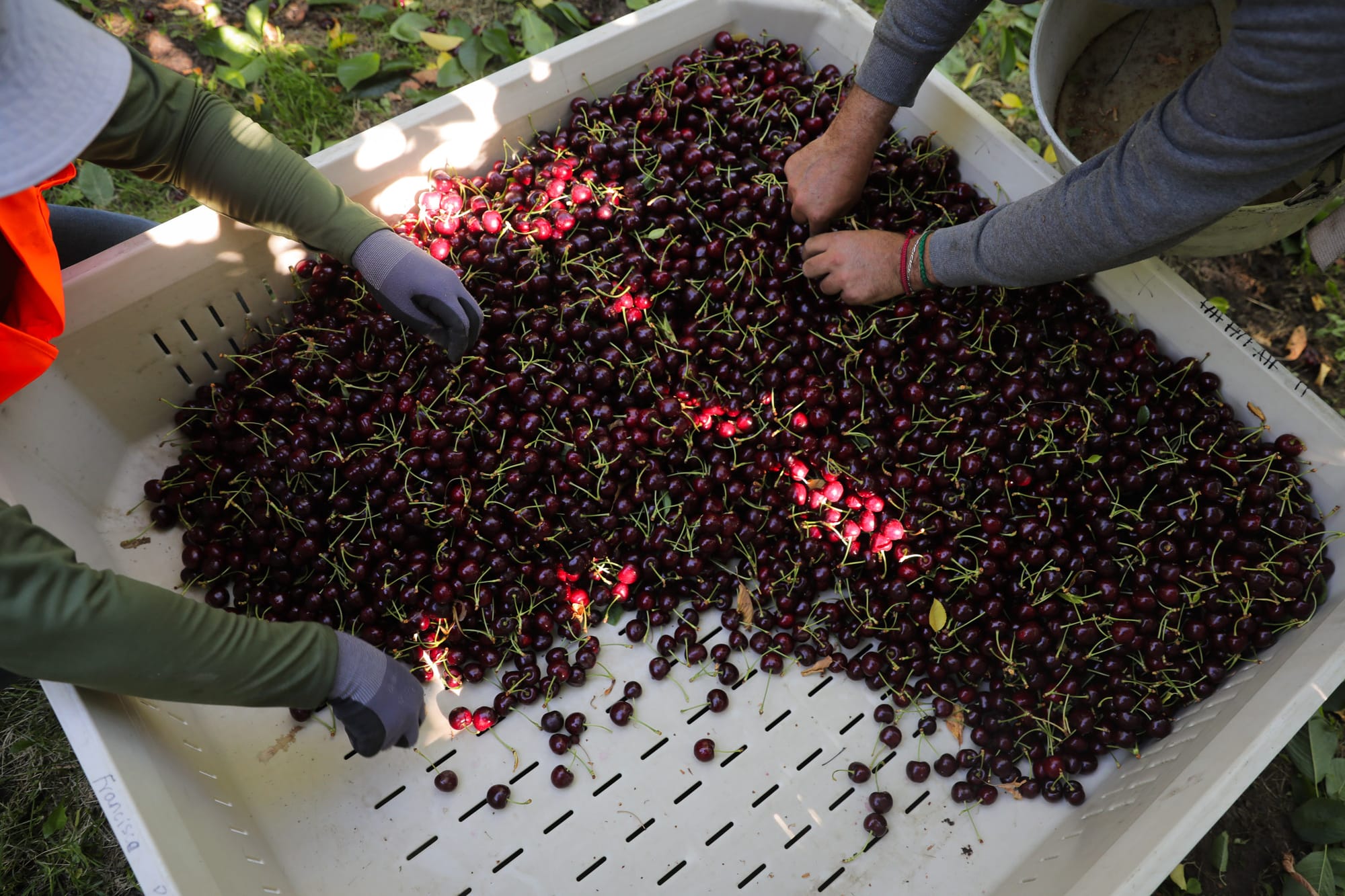
However, industry officials note that growers participating in the H-2A program are subject to regulations from several state and federal agencies, including the U.S. Department of Labor, the state Employment Security Department and the Washington State Department of Health.
In addition, growers here often follow regulations and rules that aren’t in effect in other states, said DeVaney, the Washington State Tree Fruit Association president.
“People should know here in Washington, this is a well-run program,” DeVaney said.
